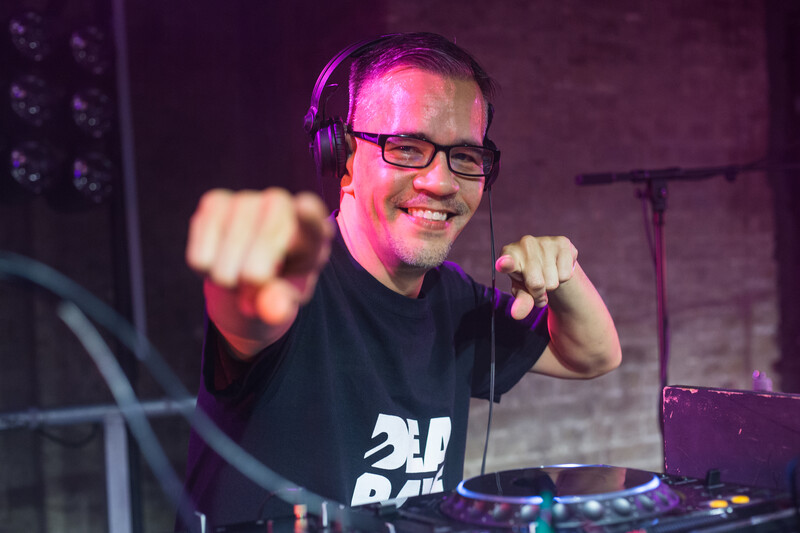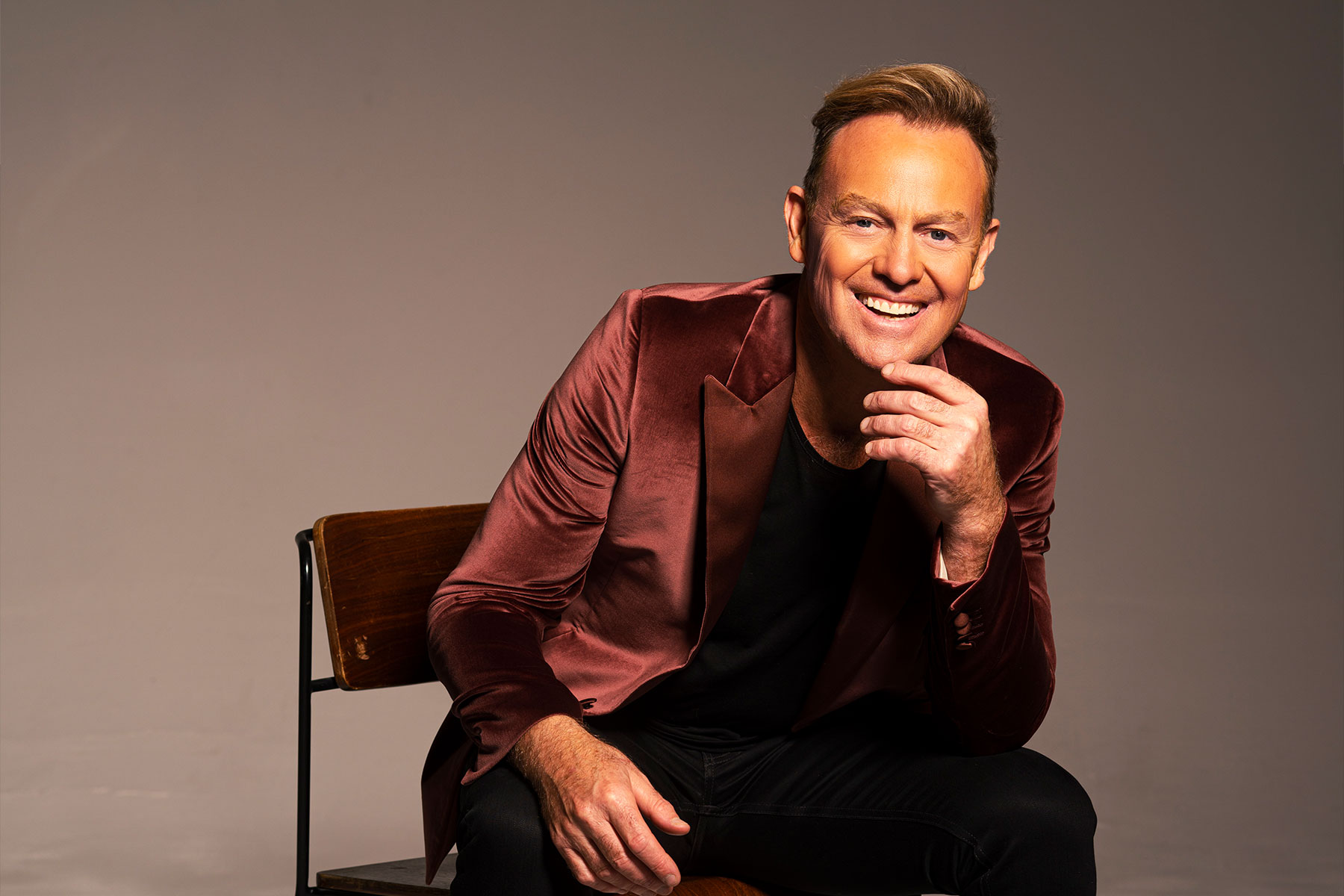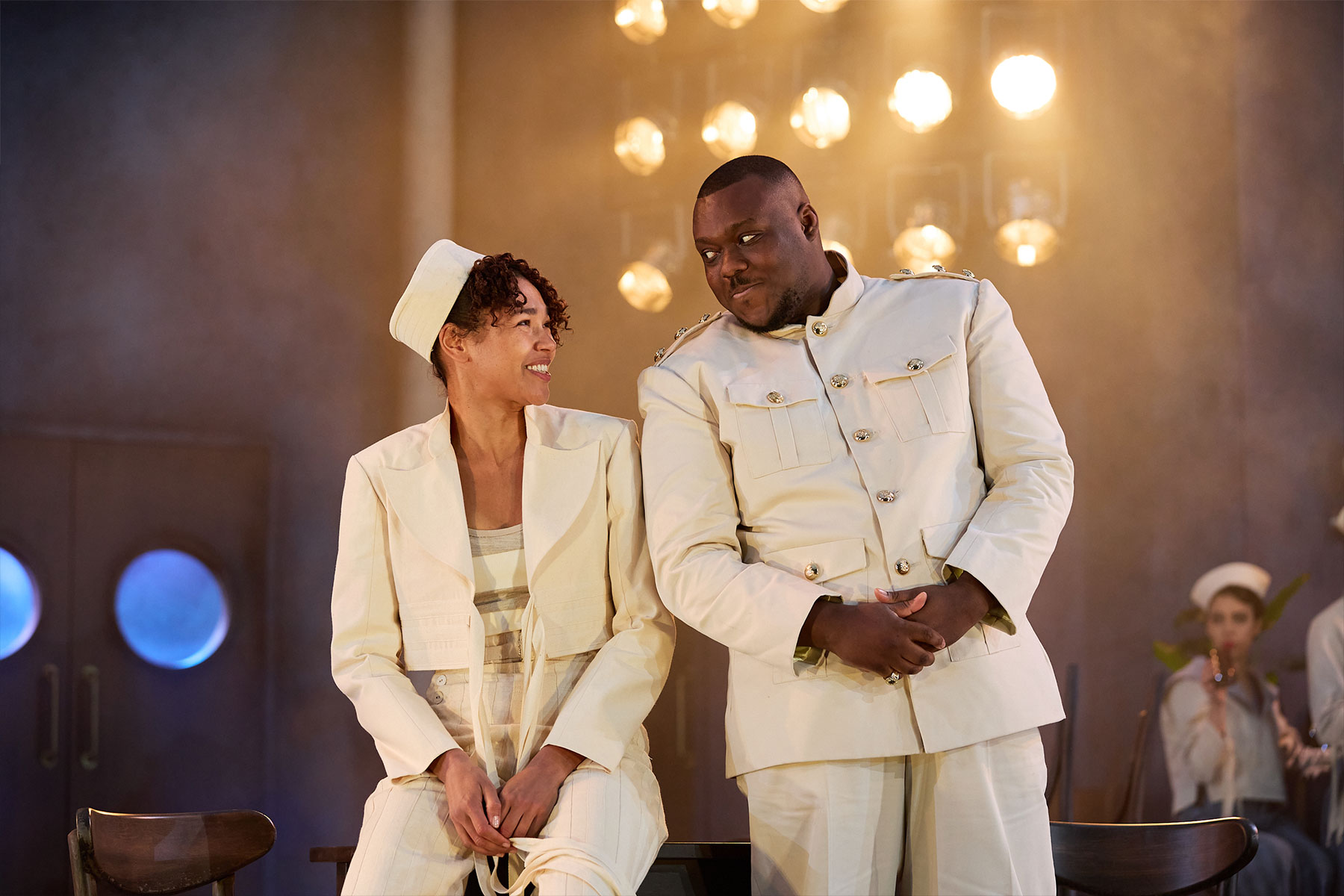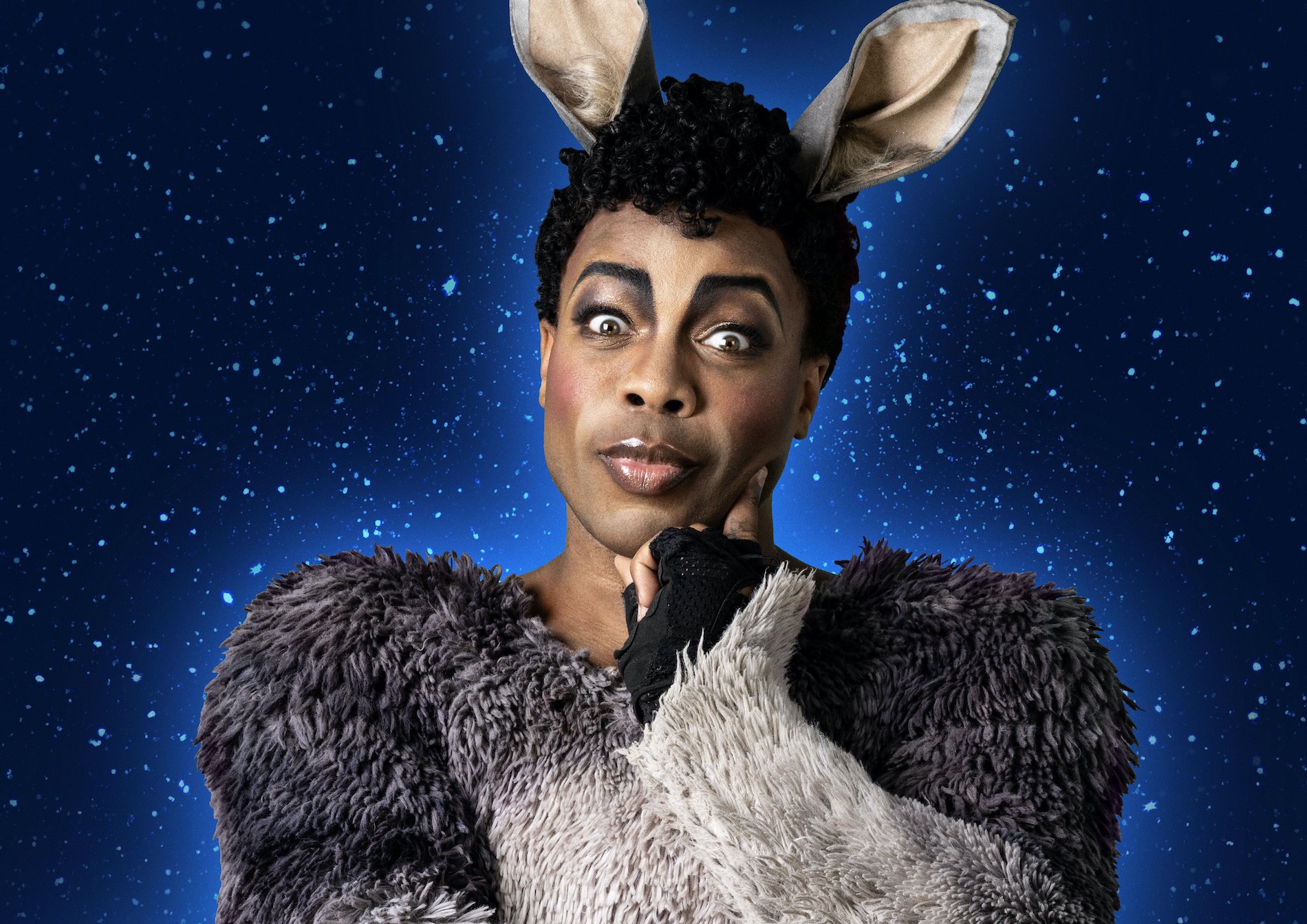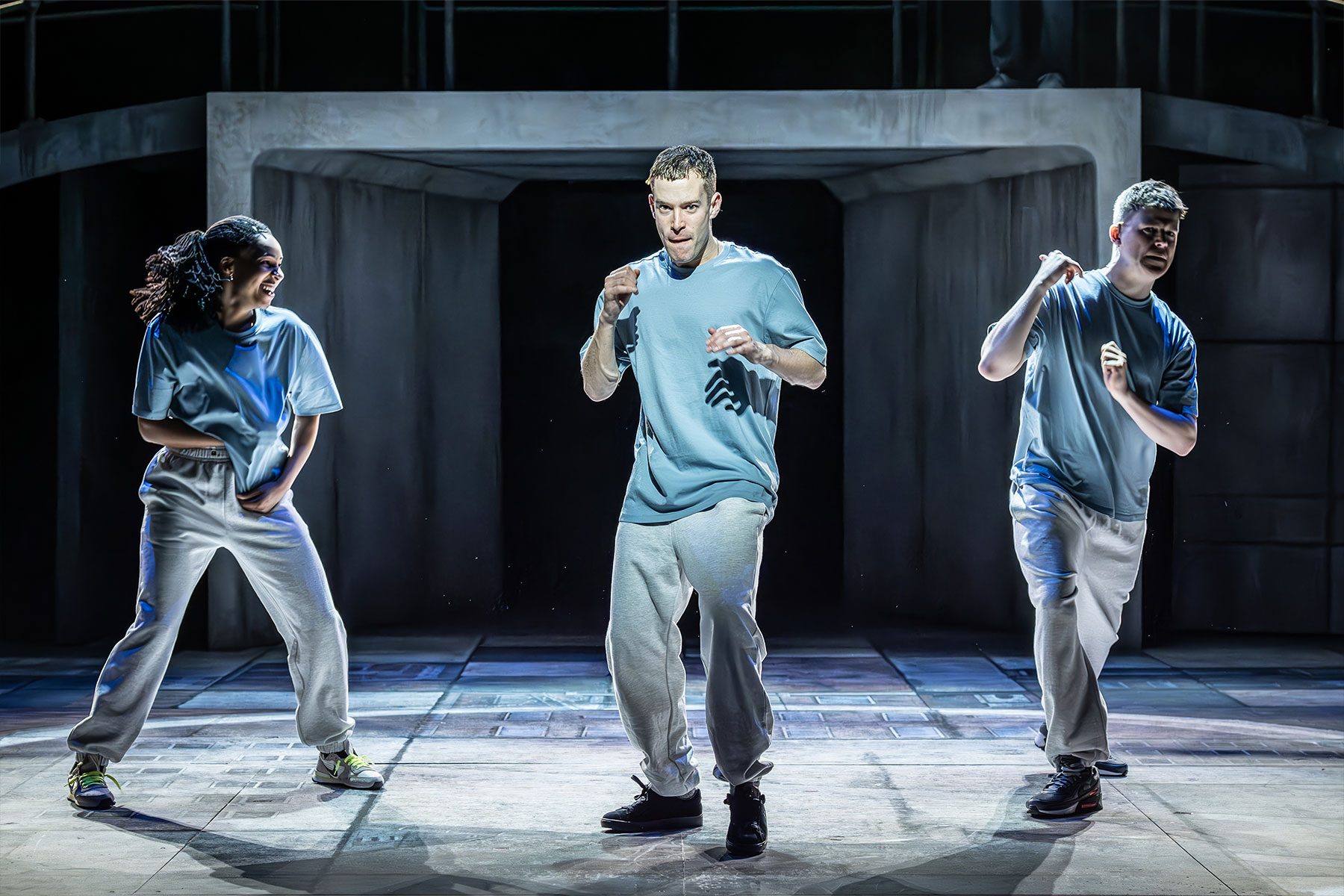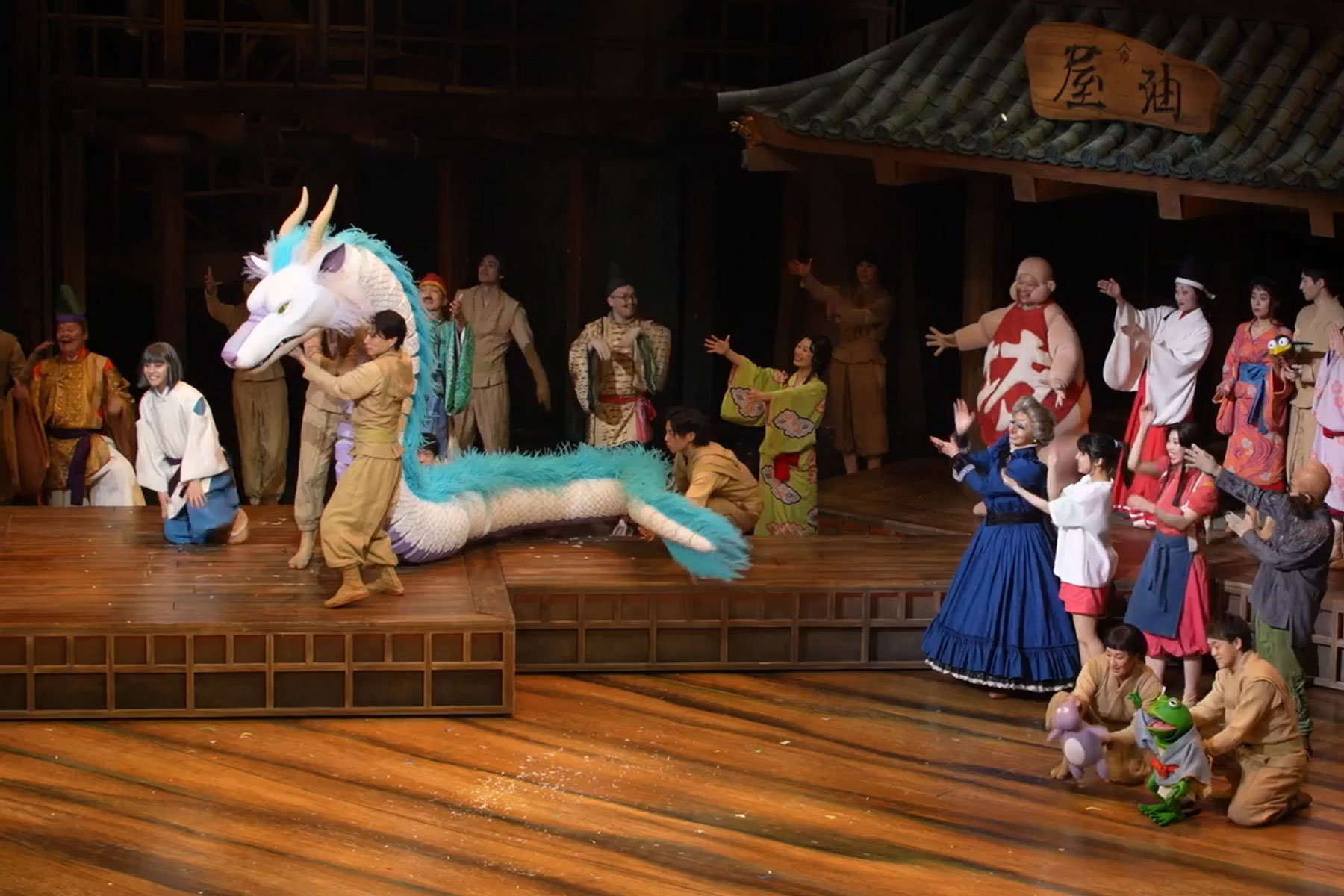Catherine Love: Trading Ideas

As this year limps towards its conclusion and I look ahead at the next 12 months (more on that in next week’s blog), certain productions are beginning to catch my eye. Many of these are the usual suspects: shows at fairly well-known theatres with creative teams whose work I’ve already developed a taste for. But while visiting the Nuffield Theatre in Southampton this weekend and flicking through their brochure, an altogether different offering grabbed my attention.
Alongside their exciting season of new work, revivals and co-productions, for three days in March the theatre is playing host to a fascinating marriage of science and art. Fulcrum Southampton is a festival of screenings, performance and debate, featuring a mixture of leading academics and innovative theatre companies. This autumn, theatre practitioners have been sent into labs and surgeries, with the unpredictable results of these encounters to be presented next year. The emphasis, rather appropriately, is on experimentation.
While spilling over with potential, the Nuffield’s festival is not the first to bring art and science crashing together. As well as the many theatre productions that have sought out science of their own accord, one recent project has engineered a series of meetings between artists and academics in a variety of disciplines. This_Is_Tomorrow, a three-year collaboration between Warwick Arts Centre and the University of Warwick, has created an opportunity for artists to hear about current research across a range of departments, all of which have a forward-looking focus. The aim is to provide the artists with inspiration for future work, but of course there is also the possibility that their perspective might unlock something for the academics they meet in the process.
The outcomes of This_Is_Tomorrow are still emerging, but one full production (Theatre Rites’ Bank On It!) has already been mounted as a result of the process, while other artists have continued a dialogue with the academics they met. There is also some fascinating documentation of the process courtesy of theatre critic Matt Trueman, whose contribution demonstrates yet another way in which projects like this can bridge different vocabularies. And This_Is_Tomorrow and Fulcrum are not alone. King’s College London’s annual Arts & Humanities Festival, for instance, opens up a public conversation between different research departments, while the university has also collaborated with theatre producers Fuel on a number of inter-disciplinary podcasts.
There is something thrilling about this trading of ideas. Some of the most exciting shows I’ve been lucky enough to see have been born from a collision between the arts and other disciplines, be it the economic theory that informed The TEAM’s Mission Drift, the maths that was central to Greyscale’s Tenet, or the science underpinning pieces like The Planet and Stuff, Going Dark and Constellations. Theatre is often at its best when looking outward, while on the other side of the exchange, creative thinking surely has to be a good thing for research.
The future facing attitude of these experiments also feels important – and not just because we’re all currently looking ahead at the coming year. I’ve talked before about how theatre might help us to imagine the future together, while research in fields such as science and economics is in many ways shaping that future. Perhaps, by bringing these different ways of thinking together, theatre and academia can come up with visions of the future that are creative, optimistic and unexpected.



